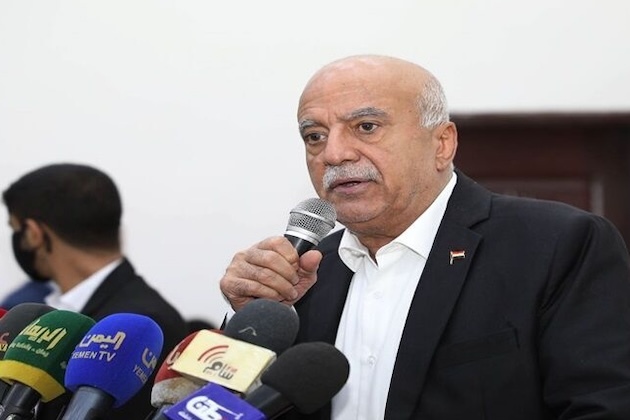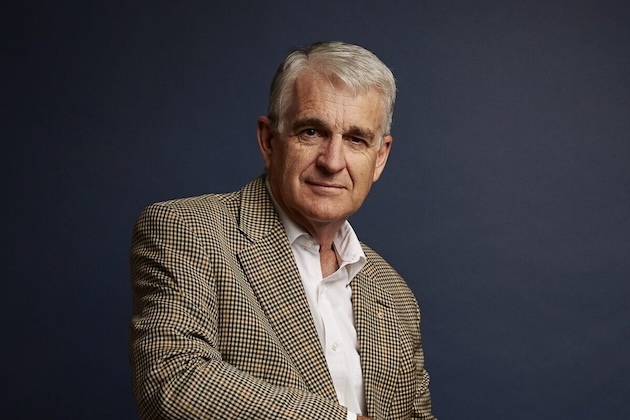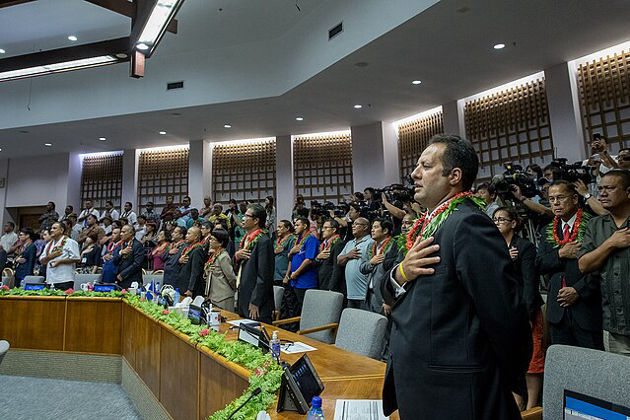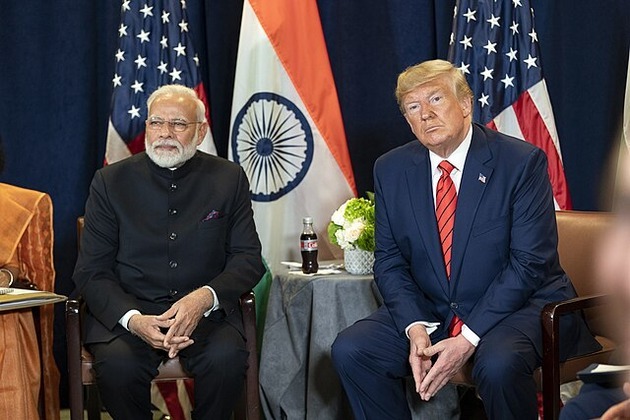Tibet hydropower dispute deepens India-China water tensions
Mohan Sinha
29 Aug 2025, 16:41 GMT+10
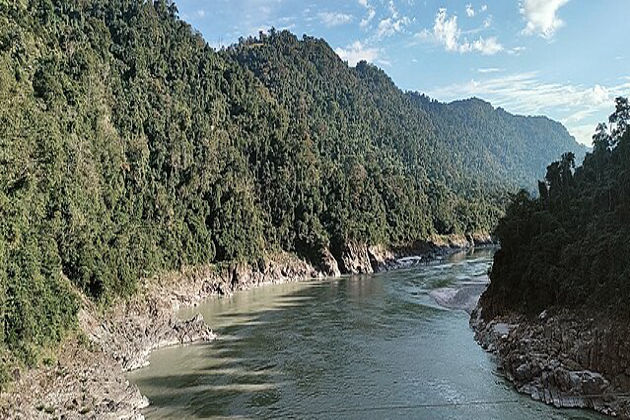
- India fears a massive new Chinese hydropower dam in Tibet could cut water flows on the Brahmaputra River by as much as 85 percent during the dry season
- The concern has pushed New Delhi to speed up its own plans for a huge dam to protect against the impact
- India has considered dam projects on the river since the early 2000s, focusing on the Angsi Glacier in Tibet, which feeds water to more than 100 million people in China, India, and Bangladesh
PARONG, India: India fears a massive new Chinese hydropower dam in Tibet could cut water flows on the Brahmaputra River by as much as 85 percent during the dry season, according to government analysis and four sources familiar with the matter. The concern has pushed New Delhi to speed up its own plans for a huge dam to protect against the impact.
India has considered dam projects on the river since the early 2000s, focusing on the Angsi Glacier in Tibet, which feeds water to more than 100 million people in China, India, and Bangladesh. However, progress has been slow due to fierce resistance from people in Arunachal Pradesh, the border state where the projects would be built. Locals fear dams would submerge villages and destroy traditional ways of life.
The issue gained urgency last December when China announced plans to build the world's largest hydropower dam in Tibet's Medog County, just before the Yarlung Zangbo River flows into India, where it is known as the Siang and further downstream as the Brahmaputra. New Delhi worries that China, its strategic rival, which also claims parts of Arunachal Pradesh, could use control of the river as a political weapon.
In May, India's biggest hydropower company moved survey materials to a possible site for the Upper Siang Multipurpose Storage Dam, which would be the largest in India if completed. Armed police protected the equipment. Senior officials, including those in Prime Minister Narendra Modi's office, have since held meetings to speed up construction.
India's internal analysis, corroborated by Reuters, estimates the Chinese project could allow Beijing to divert 40 billion cubic meters of water, about one-third of annual flows at a key border point. The impact would be most severe in the dry season, when large areas of India face drought and rising temperatures.
The planned Indian dam could store 14 billion cubic meters, allowing New Delhi to release water during shortages. This could reduce water losses in Guwahati — a major city dependent on farming and industry — to 11 percent, compared with 25 percent if no dam is built. It could also protect downstream areas if China were to suddenly release huge volumes of water. India is considering keeping 30 percent of its reservoir empty at all times to absorb unexpected surges.
China has defended its dam, saying its hydropower projects are safe, environmentally sound, and will not harm downstream countries. "China has always maintained a responsible attitude toward transboundary rivers," its foreign ministry said, stressing that it communicates with both India and Bangladesh.
Indian officials, including Foreign Minister S. Jaishankar, have raised concerns directly with Beijing. In August, a deputy foreign minister told lawmakers that building the dam is part of India's plan to safeguard communities downstream.
Water disputes are not new for India. Pakistan, a Chinese ally, has accused New Delhi of "weaponizing" water after India suspended its role in a 1960 water-sharing treaty and discussed diverting river flows away from Pakistan. An international tribunal has ruled that India must stick to the treaty, but New Delhi argues that the panel has no authority.
Experts and activists warn that both countries' projects could be risky. Large dams in Tibet and Arunachal Pradesh, regions prone to earthquakes and extreme weather, could endanger millions downstream. "The Chinese dam is being built in a zone of high seismicity and extreme weather," said Sayanangshu Modak, a specialist on India-China water relations at the University of Arizona.
 Share
Share
 Tweet
Tweet
 Share
Share
 Flip
Flip
 Email
Email
Watch latest videos
Subscribe and Follow
Get a daily dose of Dallas Sun news through our daily email, its complimentary and keeps you fully up to date with world and business news as well.
News RELEASES
Publish news of your business, community or sports group, personnel appointments, major event and more by submitting a news release to Dallas Sun.
More InformationInternational
SectionMost of Yemen's leaders wiped out in attacks by Israel Air Force pilots
SANAA, Yemen – Yemen's Houthi-led government has confirmed that its Prime Minister, Abdel-Aziz bin Habtour, and several other high-ranking...
UK, France, Germany warn Iran of full sanctions return
VIENNA, Austria: France, the United Kingdom, and Germany have warned that they may trigger the snapback mechanism, which would automatically...
Palestine's leadership barred by U.S. from attending UN General Assembly
In a move decried as a violation of international agreements and a severe blow to diplomatic efforts, the United States has systematically...
Ex-Australian leader repeats false 'beheaded babies' claims of 7 October
SYDNEY, Australia - Former Australian Deputy Prime Minister John Anderson has sharply criticized the Australian Labor government's...
Marshall Islands’ parliament building in ruins after overnight blaze
MAJURO, Marshall Islands: A devastating fire has destroyed the national parliament of the Marshall Islands, officials from the fire...
North Korea test-fires missiles as Seoul, US hold military drills
SEOUL, South Korea: North Korean leader Kim Jong Un has overseen the launch of two newly developed anti-air missiles, state media reported,...
Business
SectionParents sue OpenAI after teen’s death linked to chatbot
SAN FRANCISCO, California: A new study is raising red flags over how artificial intelligence chatbots handle suicide-related queries,...
Southwest updates policy: extra seats must be booked in advance
DALLAS, Texas: Southwest Airlines is tightening its rules for plus-size passengers, introducing a new requirement that travelers who...
Trump’s tariff hike on India takes effect, covering half of exports
WASHINGTON/NEW DELHI: U.S. tariffs on Indian imports doubled to as much as 50 percent on August 27, intensifying a trade clash between...
Wall Street slides despite report showing inflation in check
NEW YORK, New York - U.S. stocks fell Friday despite the latest PCE price index showing inflation is under control.. Core inflation...
Experts warn of sharp 2026 US health coverage hikes, lower benefits
WASHINGTON, D.C.: Health insurance is set to get more expensive in 2026, with higher premiums and shrinking coverage likely across...
Tibet hydropower dispute deepens India-China water tensions
PARONG, India: India fears a massive new Chinese hydropower dam in Tibet could cut water flows on the Brahmaputra River by as much...

